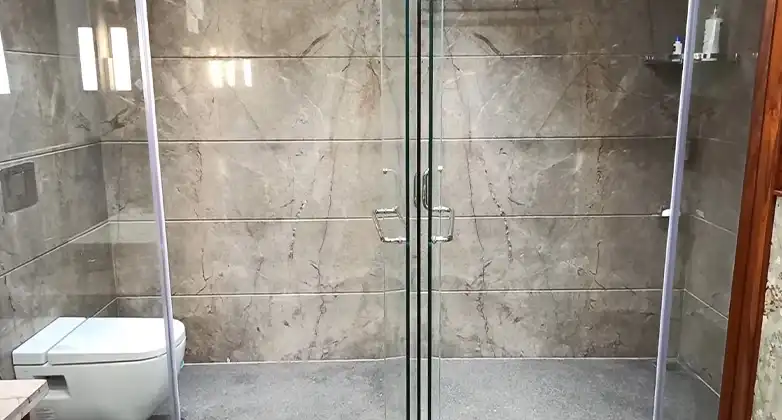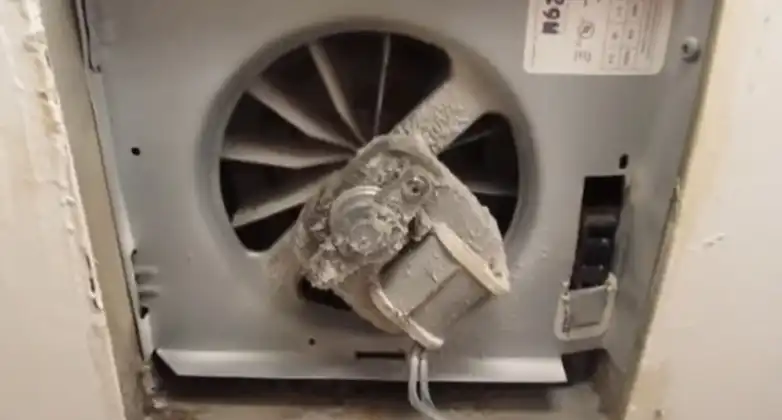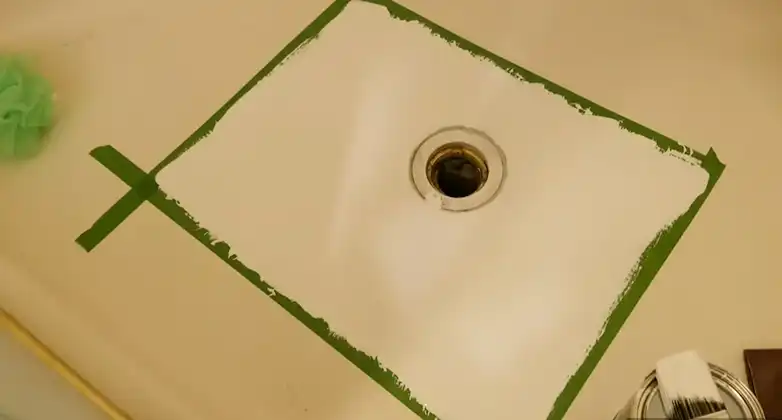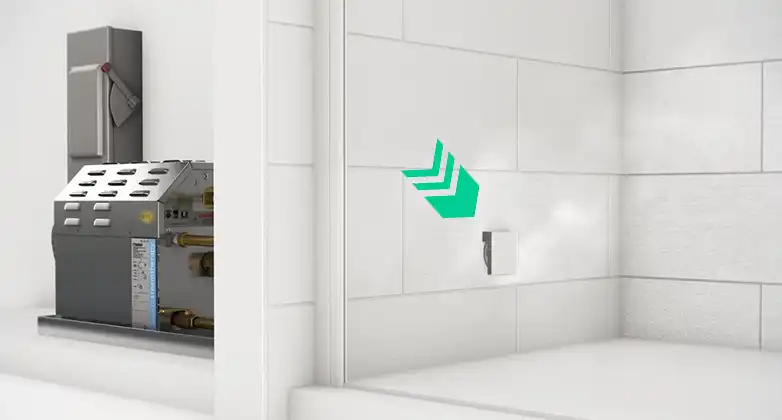In recent years, bidets have gained popularity as a hygienic and eco-friendly alternative to traditional toilet paper. Among the various bidet options available, handheld bidets offer flexibility and convenience. Installing a handheld bidet is a relatively simple process that can be completed with basic tools and minimal plumbing knowledge.
In this comprehensive guide, we will take you through the step-by-step process of installing a handheld bidet in your bathroom. Whether you’re looking to upgrade your bathroom experience or embrace a more sustainable hygiene routine, this guide will provide you with the knowledge and confidence to successfully install a handheld bidet in your home.
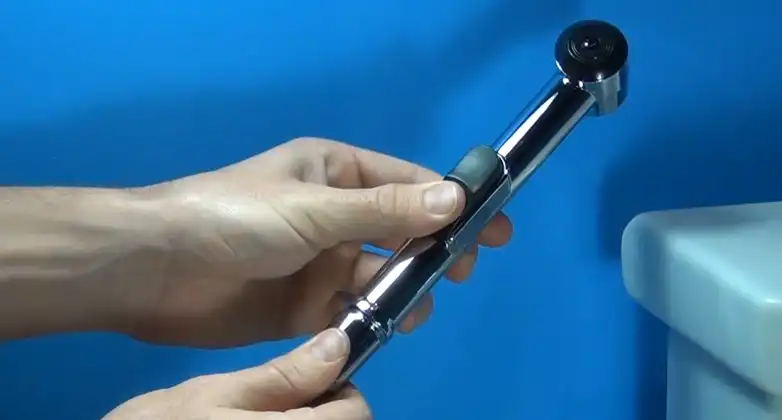
Preparing for Installation of A Handheld Bidet
To get started, gather the following tools and materials:
- Adjustable wrench
- Screwdriver
- Teflon tape
- Handheld bidet kit (including the bidet sprayer, hose, and holder)
- Towel or cloth
Additionally, consider the features you desire in a handheld bidet, such as adjustable water pressure, ergonomic design, and ease of use. Choose a bidet kit that meets your preferences and fits well with your bathroom decor.
Before starting the installation process do the followings:
- Shutting off the water supply: Locate the shut-off valve near the base of the toilet and turn it clockwise until the water supply is fully shut off. Flush the toilet to remove any remaining water in the tank and bowl.
- Removing the existing toilet seat (if applicable): If your handheld bidet kit includes a replacement seat with a built-in bidet, follow the manufacturer’s instructions to remove the existing toilet seat. Keep the necessary parts and hardware for future use or disposal.
A step-by-step guide on How to Install a Handheld Bidet
In this section, we will walk you through the step-by-step process of installing a handheld bidet. Follow these steps to install a bidet:
Step 1: Installing the T-Valve and Hose:
The T-valve acts as a diverter, allowing water to flow to both the toilet tank and the handheld bidet. It is a crucial component in the bidet installation process.
- Attaching the T-valve to the water supply: Wrap Teflon tape around the threaded end of the T-valve to ensure a watertight seal. Connect the T-valve to the toilet tank’s water supply line, tightening it with an adjustable wrench. Take care not to overtighten, as it may cause damage.

- Connecting the hose to the T-valve and bidet: Attach one end of the bidet hose to the T-valve’s threaded connection, ensuring a secure fit. Use Teflon tape if needed. Connect the other end of the hose to the handheld bidet sprayer, ensuring a tight connection.

Step 2: Attaching the Handheld Bidet:
Here comes the installation of the main part of the installation.
- Connecting the bidet hose to the holder or bracket: Insert the end of the bidet hose into the holder or bracket. Ensure it fits securely and aligns with the designated connection point.

- Ensuring a secure connection and leak-free installation: Tighten any connection points, such as nuts or collars, to secure the bidet hose and prevent leaks. Use an adjustable wrench or pliers to ensure a snug fit without overtightening.
Step 3: Mounting the Bidet Holder or Bracket:
Choose a location within easy reach, typically on the side of the toilet tank or wall adjacent to the toilet. Consider the height and angle that best suits your comfort.
- Marking the holes and drilling if necessary: If the bidet holder requires drilling, use a pencil or marker to mark the hole positions. Ensure that the marks align with the holder’s mounting holes.
- Attaching the bidet holder to the wall or toilet tank: Using the provided screws or adhesive, secure the bidet holder in place. If drilling, use an appropriate drill bit size and carefully drill the marked holes. Insert anchors if needed and screw the holder into position.

Step 4: Testing and Adjustments:
Testing if the installation was successful or not is always necessary. Here’s how you check and test the installation:
- Turning on the water supply and checking for leaks: Carefully turn on the shut-off valve to restore the water supply to the toilet. Check for any leaks around the T-valve, hose connections, or bidet sprayer. If leaks are present, tighten the connections or use Teflon tape to create a better seal.
- Adjusting water pressure and spray settings: Test the handheld bidet by pressing the trigger or lever to activate the water spray. Adjust the water pressure to your liking using any provided controls on the bidet sprayer. Ensure the spray is comfortable and effective for personal cleansing.
Maintenance and Cleaning
To maintain optimal functionality and cleanliness of your handheld bidet, follow these tips:
- Regularly clean the bidet sprayer and hose with mild soap and water.
- Avoid using harsh cleaning agents or abrasive materials that may damage the bidet’s surface.
- Periodically check for any signs of wear or damage and replace parts as necessary.
- Follow the manufacturer’s instructions for any specific maintenance guidelines.
FAQs (Frequently Asked Questions and Answers)
Can a handheld bidet be installed in any bathroom?
Yes, handheld bidets can be installed in most bathrooms. They are versatile and can be easily attached to existing toilets without the need for extensive plumbing modifications.
How do I choose the right handheld bidet for my needs?
When selecting a handheld bidet, consider factors such as water pressure control, spray patterns, durability, and ease of installation. Look for bidets that offer adjustable features and high-quality materials to ensure a comfortable and long-lasting experience.
Is a handheld bidet hygienic and safe to use?
Yes, handheld bidets are hygienic and safe to use. They provide a gentle and effective cleaning experience, reducing the need for toilet paper and promoting better personal hygiene. It is important to follow proper cleaning and maintenance guidelines to ensure optimal hygiene.
Can I use a handheld bidet if I have a shared bathroom?
Yes, handheld bidets can be used in shared bathrooms. They are convenient and easy to use, allowing individuals to maintain personal hygiene without any inconvenience to others. Just make sure to communicate and respect the preferences of other bathroom users.
Conclusion
By following this step-by-step guide, you can confidently install a handheld bidet and experience the many benefits it offers. From improved personal hygiene to reduced environmental impact, a handheld bidet is a valuable addition to any bathroom. Enjoy the convenience and freshness that comes with this simple yet transformative upgrade.

